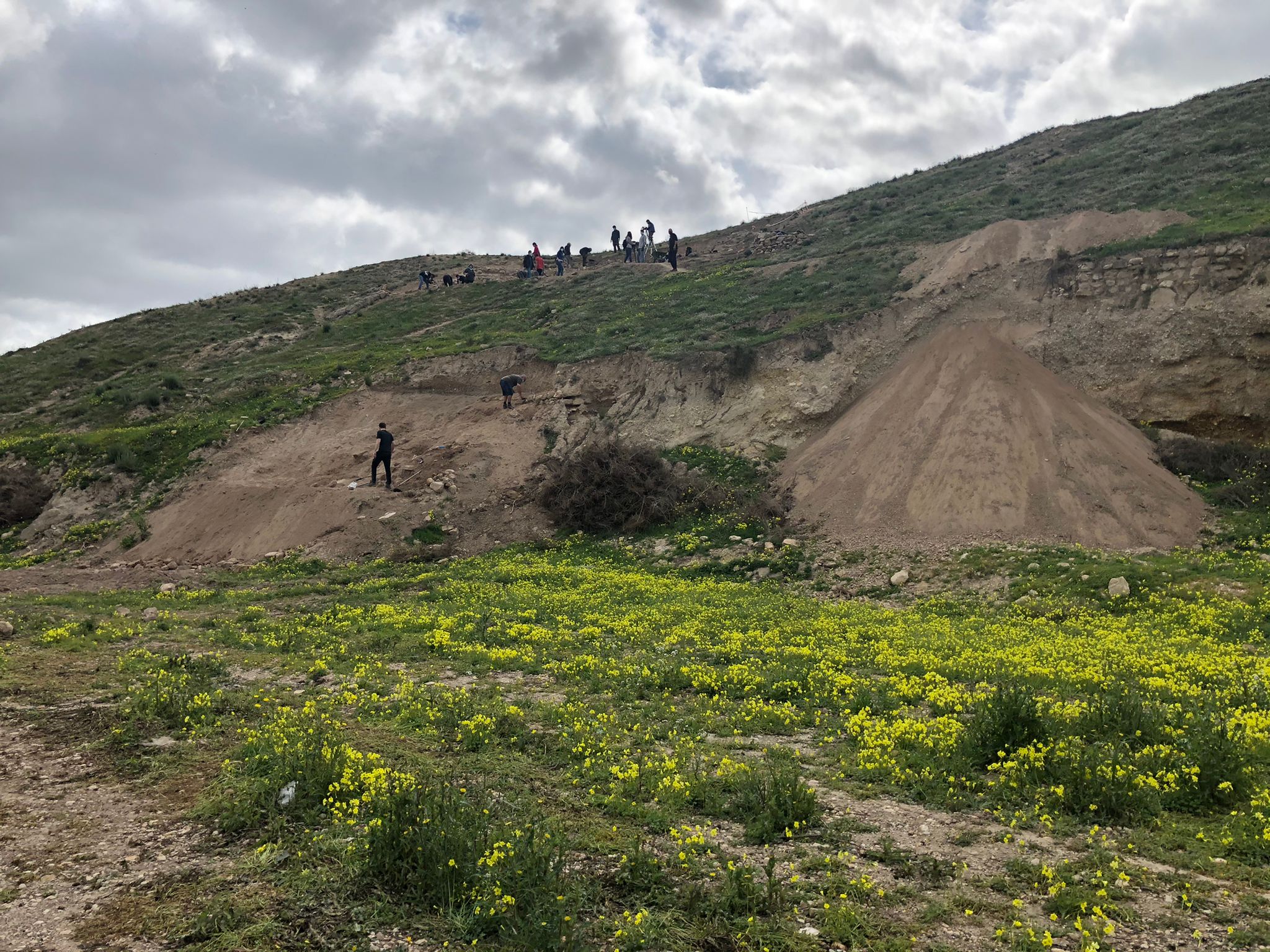The Orihuela Councilor for Heritage, Rafael Almagro, said on Tuesday that the archaeological site at Los Saladares, where excavations are underway once again, is to have a Visitors Centre.
He explained that it was during the 70s when the excavations began, after it was found by a resident of Desamparados. Shortly after, after having done some sample digs, it was abandoned, since which time it has suffered a lot of looting”.
It was in 2019 when the council bought buy the land, which “was lemon orchards at the time.” The area was cleared, and a cartographic study was carried out.
“We are now very pleased to see how the excavations are progressing, although much remains to be done before the Visitors Centre can be built”.

Alberto Lorrio, Professor of Prehistory at the University of Alicante, explained that the main interest that this location has compared to other sites from that period, such as Peña Negra in Crevillente, is that “the others were abandoned around the 4th century BC while Los Saladares continued until, at least, the third century BC, which gives it far more archaeological wealth”.
The main stumbling block that he says he has encountered, is that there is no documentation of the surveys that were carried out in the 70s, which is a setback.
The mayor said that “this site is a very great opportunity for the municipality. “Without a doubt, it is one more reason to visit Orihuela resulting in greater activity from a rural, cultural and archaeological tourist point of view. It is an opportunity for the future. It has come about as the result of the persevering work of Rafael Almagro, who has always had this in mind, with the cooperation of the rest of the Council and the University of Alicante”.
The archaeological site is located on a 10,000 m² plot, owned by the Orihuela Council. It is a protected area located in the area known as “Los Cabecicos Verdes”, between the districts of Arneva and Desamparados.
Its importance lies in it being one of the first sites from which the Iberianization process can be investigated to see how Phoenician and Greek influences are adapted by indigenous peoples which ended up originating the Iberian culture. Its chronology ranges from the 9th to the 4th century BC.





